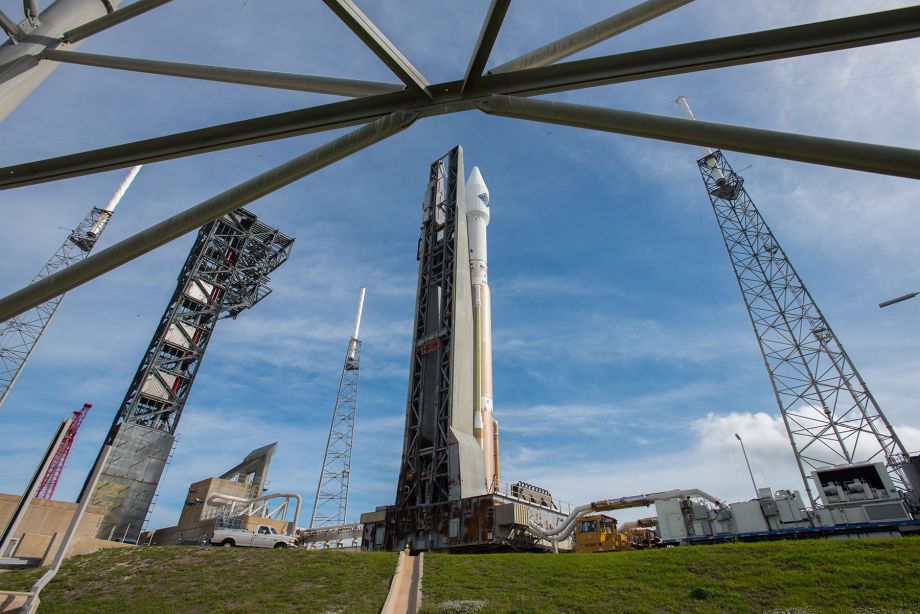Rocket blasts off with supplies for International Space Station
It was the fourth launch attempt for the unmanned Atlas rocket, loaded with food, experiments and Christmas presents for the astronauts at the International Space Station.
Stunning footage of the launch shows the moment of take-off from a distance, before switching to a camera on the side of the rocket.
Sunday’s launch was the 60th such launch of the Decatur, Alabama-built Atlas V rocket and is also notable for being ULA’s first mission supporting ISS cargo resupply.
Eight months after Orbital’s explosion, SpaceX, the other company NASA relies on to ferry cargo to the station, also saw its rocket explode.
In addition, Cygnus will deliver replacement cargo items including a set of Microsoft HoloLens devices for use in NASA’s Sidekick project, a safety jet pack astronauts wear during spacewalks known as SAFER, and high pressure nitrogen and oxygen tanks to plug into the station’s air supply network.
Supplies at the station are running low due to several failed delivery runs and botched rocket launches.
Orbital ATK Cygnus CRS-4 spacecraft poised for blastoff to ISS on ULA Atlas V on December 3, 2015 from Cape Canaveral Air Force Station, Florida.
Orbital ATK’s upgraded Antares launch vehicle remains on schedule for a full-power hot-fire test in early 2016 and resumption of flight operations from the Wallops Flight Facility in eastern Virginia in the second quarter of the year.
It was the company’s first failure since making the first commercial space station shipment in 2012.
On Sunday, private spaceflight company Orbital ATK returned its Cygnus cargo ship to flight with a superb afternoon launch after a year’s gap.
NASA has also contracted with Orbital ATK to fly three additional missions through 2018.
The station now only has four months’ food supply aboard.
The two USA launch accidents, plus a failed Russian cargo run in April, have left the station’s storage bins a bit empty.
Science payloads will support science and research investigations that will occur during the space station’s Expeditions 45 and 46, including experiments in biology, biotechnology, physical science and Earth science – research that impacts life on Earth. Boeing intends to use the Atlas V to boost the Starliner capsules it’s building to ferry astronauts to the space station beginning in 2017.
While acknowledging 2015 has been a hard year because of the disrupted supply chain, Shireman said commercial space is inevitable and will drive down launch costs.
Cygnus is named the “SS Deke Slayton II” in memory of Deke Slayton, one of the America’s original seven Mercury astronauts.








